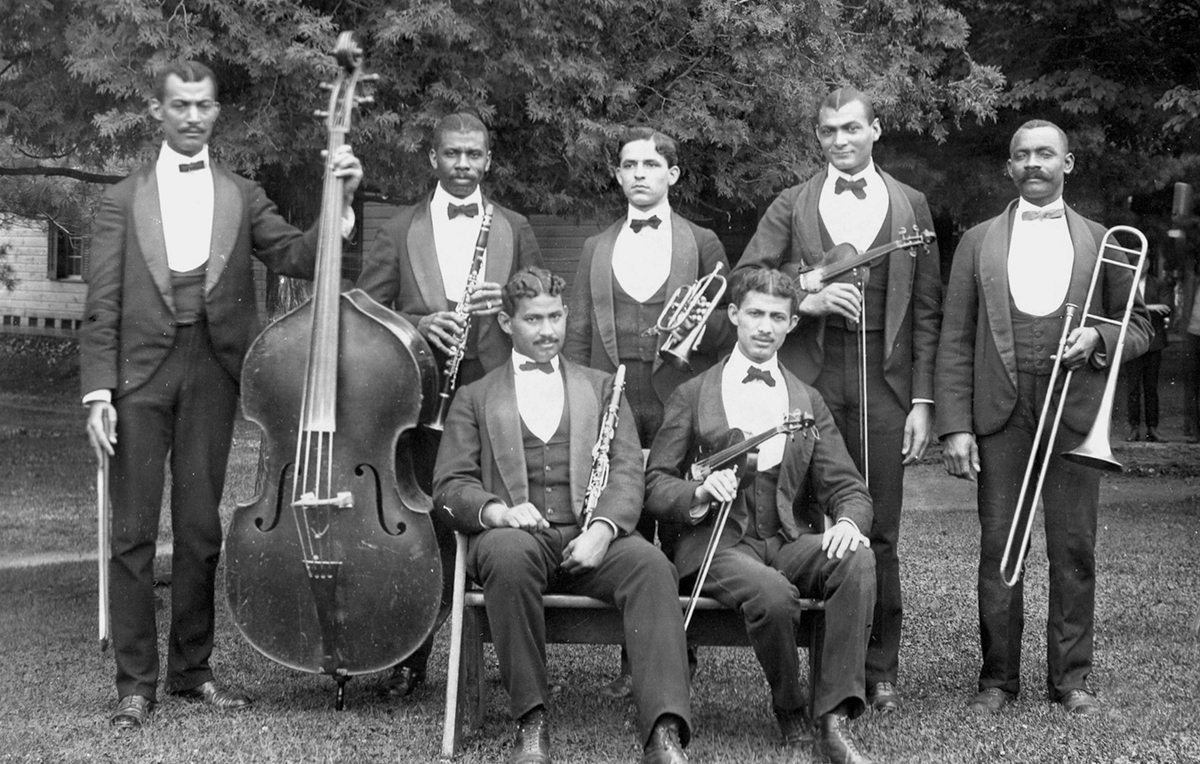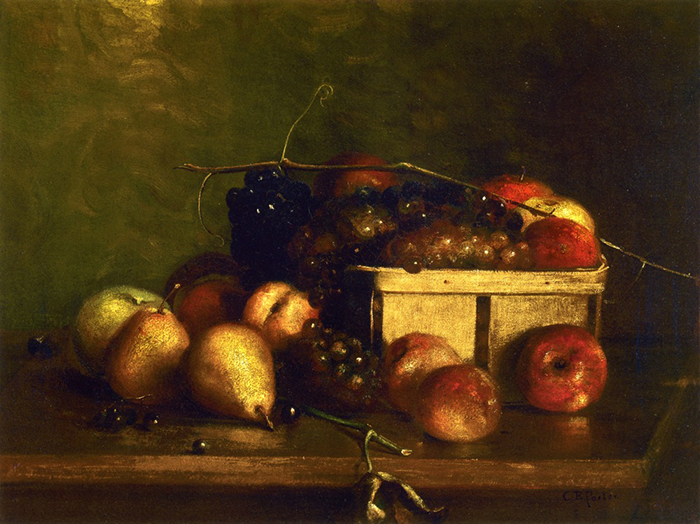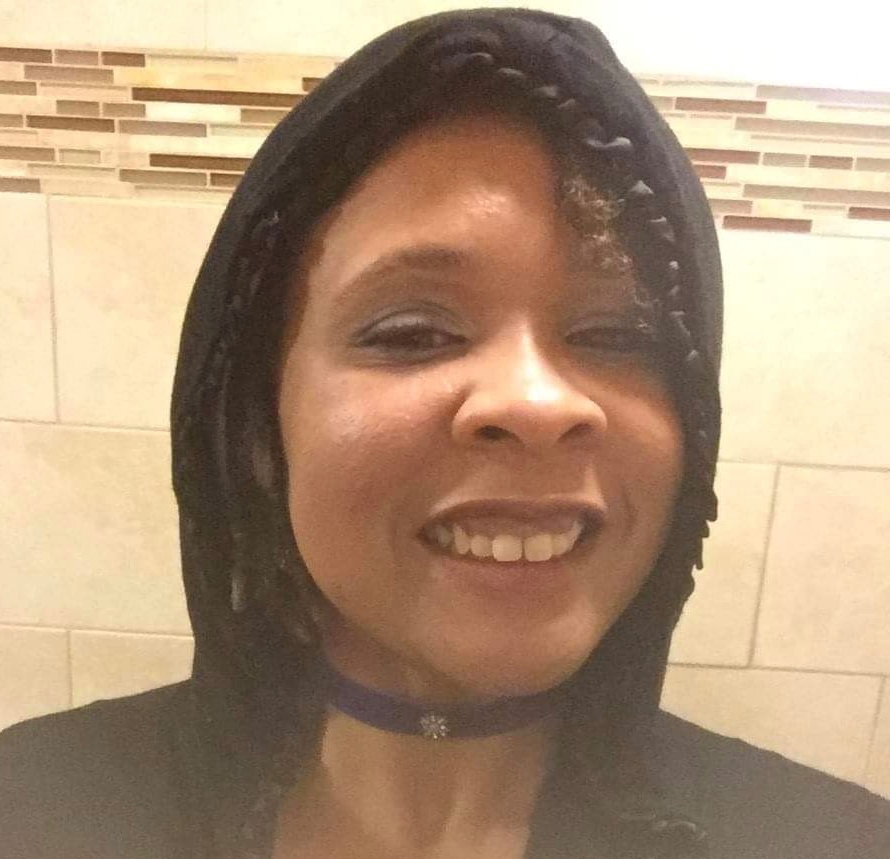
The Missing Story of African Americans in the Adirondacks
By: Alycia Bacon - Adirondack Council Clarence Petty Advocacy Intern
Thursday, March 4, 2021
As a child, I never had a problem seeing myself represented. My Grandfather was an engineer that worked for NASA, and my mom had a Master’s Degree in Statistics and Measurement and retired from the State Department. As if that wasn’t enough, I was frequently reminded of my Uncle Bruce, who received his Juris Doctorate from Yale Law School after graduating from Harvard.
In my family, excellence was the expectation, not the exception, and it always felt well within reach. My classmates and peers were mostly white, and as a child, a frequent topic of the conversation was my skin color and their expectations for what it meant to be Black. My mother would dispel these myths by lovingly reminding me that Black people come in all shapes, sizes, and colors - and from diverse backgrounds as well. In other words, there was no one way or right way to be Black. Therefore, it was easy for me to see the world as being full of endless possibilities, with the worst of racism far behind us.
As a Black woman, however, my experience has been quite different. In college, I discovered that not only had the history I learned been whitewashed but that when it came to my fellow African Americans, my blessed childhood in Scottsdale, Arizona was the exception, not the rule. I found that although you will find examples of Black excellence everywhere, the significance of African Americans has been largely overlooked.
That’s because Black history is less often considered from a Black perspective. African American history has often been marginalized. When African American history is written about, it’s done so in a way that comes off as demeaning to African Americans. Like other aspects of life, sometimes our best intentions don't always lead to great outcomes.
That argument could be made for the history of African Americans living in the Adirondacks.
The Adirondacks Have Never Been “White”
If you take a deep look into the history of the Adirondacks, you'll find a record of diversity and sometimes inclusion. There are plenty of examples of African Americans in the Adirondacks, but little remains as examples of their contributions.
In his article, "At Home in the Great Northern Wilderness: African Americans and Freedom's Ecology in the Adirondacks, 1846- 1859," Daegan Miller reminds us that despite that long history, the Adirondacks are remembered as "white." But a closer look reveals something quite different.
For example, Gerrit Smith, a philanthropist and social reformer of the mid-19th century, famously relocated more than 2,000 African Americans to the Adirondacks. He gave them each about 40 acres of land to live on, which allowed them to meet voting requirements. At that time, voting was only permitted to men who owned property, and unfortunately, many Blacks weren’t afforded that opportunity.
The Underground Railroad in the Adirondacks
The Underground Railroad was an amazing contribution that led many African Americans directly to or through the Adirondacks on their way to freedom. Many people do not understand that the Underground Railroad was not a physical railroad but a complex network of abolitionists and safe spots that sheltered people escaping slavery. It is a manifestation of the Black pursuit of freedom. The North Star Underground Railroad Museum in Keeseville, New York, remains a historical record of their journeys.
The Black person's desire for freedom also led them to migrate to the Adirondacks to work on building Webb’s Adirondack and St. Lawrence Railroad that would run from Herkimer to Malone. Unfortunately, the building of this railroad turned into an exploitive venture, which most likely felt more like slavery than an opportunity to advance. There were reports of violence and Black workers being abused and having their wages withheld.
The Unknown Black Experience
Black Americans living within the Adirondacks post-slavery were generally only allowed service positions: waiters, maids, butlers, hotel musicians, and so their contribution to society has been easy to overlook. This is where the complexity of oppression in America takes the form: it's a mixture of racism and classism, as people in service industry jobs are often seen as less important, even while being deemed "essential." And while classism isn't specific to Black people, at the intersection of where class meets race (and for a Black woman, gender) will dictate a person's experience and how they are remembered.
 African-Americans often played in hotel bandsPhoto courtesy of Historical Society of the Town of Bolton
African-Americans often played in hotel bandsPhoto courtesy of Historical Society of the Town of Bolton
Interestingly, when one searches for African Americans in the Adirondacks, the first two names that appear are two white men, Gerrit Smith and John Brown. Both of these men were radical abolitionists, with the latter dying for the cause. Those two men deserve to be remembered for their dedication to a just cause. However, their work cannot overshadow the fact that Black people never waited around for somebody to "save" them. African Americans undertook the struggle toward freedom with their own hands, accepting help when available but moving forward when it wasn't.
We may never know whom among this Black under caste was a poet, a philosopher, a writer, or a muse- but we can be sure that some were. We may never know more intimately the lives or thoughts of the African Americans that called the Adirondacks home, but we can remember their contributions.
An African American Artist’s Legacy
African Americans' legacy ultimately is not one of tragedy but one of genius in defiance of one circumstance. One example is an African American artist who spent some time in the Adirondacks. His name was Charles Ethan Porter, and today he is remembered as a brilliant still-life painter. He achieved great success in his life and was seen as a leader of the trend, but trends change, and unfortunately, Porter died impoverished. Yet, we can still appreciate his work and remember that there's more to Blackness than tragedy. We can admire and take courage from how Black people have been able to produce such masterpieces like Porter's still life paintings or the Underground Railroad operation despite such pervasive and systemic oppression.
 Still Life with Fruit and Basket - Charles Ethan Porter
Still Life with Fruit and Basket - Charles Ethan Porter
The Hidden Blackness
Today, the demographics of the Adirondack counties may appear white, but hidden behind bars is a forgotten group of people. You won't see it in a visitor's pamphlet, but the Adirondacks is home to many New York State’s prisons. According to the World Population Review, New York has the 6th highest prison population in the country, at about 49,000. As of 2014, the Black incarceration ratio was 896 per 100,000 (compared to 112/100,000 for white Americans), despite making up only approximately 15% of the total population (compared to 65% respectively).
As a history scholar, I am constantly reminded that no story is complete when perspectives are missing. Perhaps one of the most valuable lessons I learned as a student was recognizing that how the story is told and by whom is incredibly significant. However, it’s important to look at all sides of history not only for a more factual record but because history still greatly informs our lives today. In so many ways, I have my ancestors to thank for how I can live my life today. And while I am constantly amazed and inspired by their brilliant acts of resistance, their determination to rise, and their curiosity to explore, I’m most grateful for their love which, extends time and space, for we are eternally family. Where one might see a slave or a servant, I see a brother or a sister.

Alycia Bacon is the Adirondack Council’s 2021 Clarence Petty Advocacy Intern working with the Government Relations and Communications teams in Albany, helping to advance the Council’s advocacy programs. Alycia is originally from Scottsdale, Arizona, but she’s lived in the Capital Region for almost 11 years. Currently, Alycia is a graduate student at the University at Albany, where she is working on her Master's degree in Africana Studies, with a focus on philosophy and history - particularly in Ancient Civilization and African Americans. Alycia is proud to be working to protect and maintain the Adirondacks as a beautiful living ecological space because she loves our planet and wants to see it healthy for future generations.




